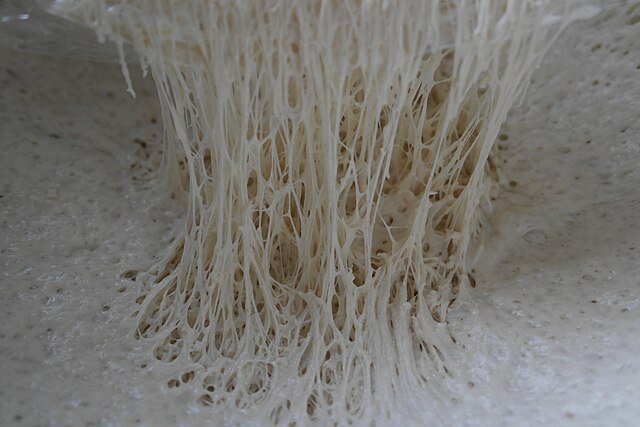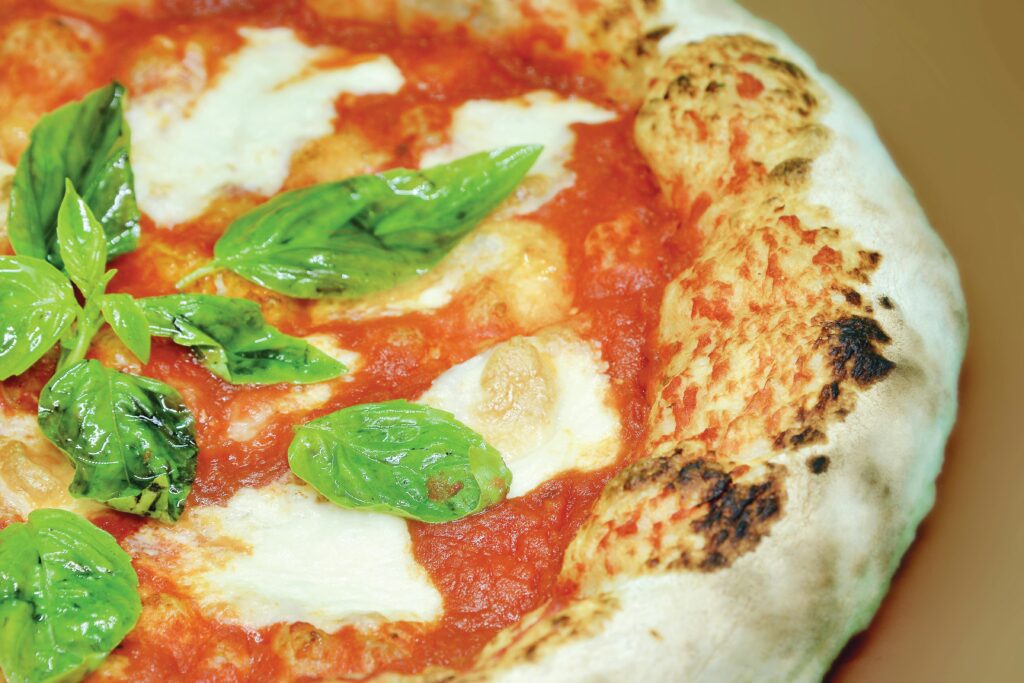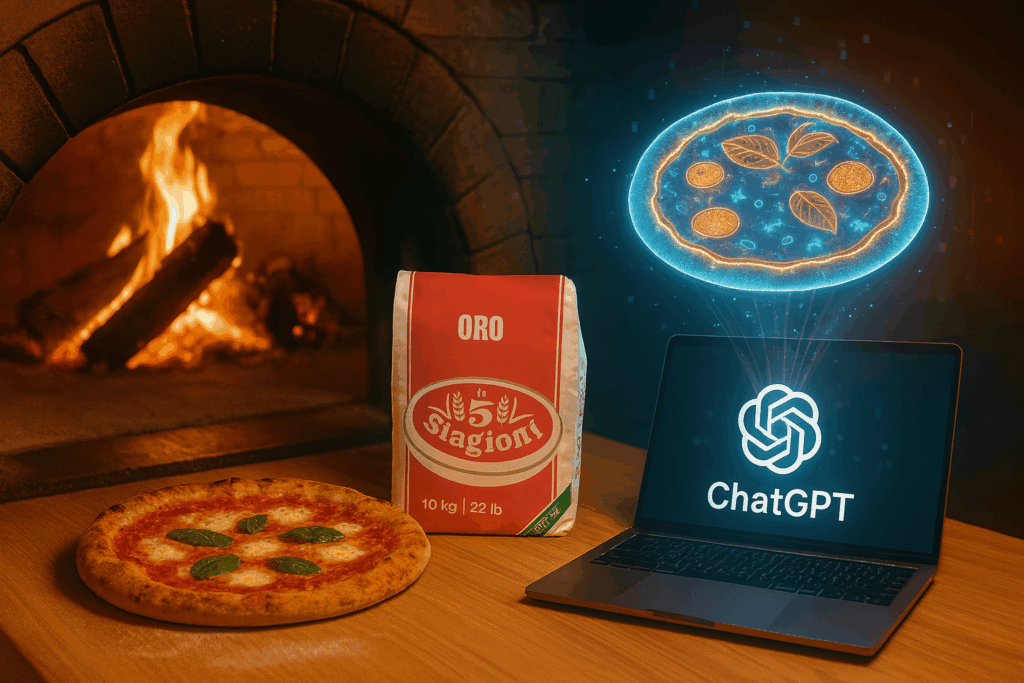
The one about the digestibility of pizza is a very complex topic. Let’s start right away by confirming what was written in the last article, which is that ONLY ”ripening” in the refrigerator does NOT guarantee greater digestibility, even if we keep it there for weeks. In fact, it is NOT the transformation of starches into sugars that occurs at low temperatures that alone determines greater digestibility of yeast products as we hear professed everywhere. Low temperatures prevent yeasts from creating an ideally acidic environment for many of the enzymes responsible for all the transformation processes in a dough to be activated, which are often the basis for obtaining a crumbly, palatable product, so the optimal transformation of a leavened product always occurs through proper leavening coupled with just as much fermentation.
The basis of good digestion is proper chewing. At the salivary level we find the enzyme commonly called ptyalin, which begins to break down starch by releasing maltose and dextrins. For this reason, foods rich in starch but low in sugar, such as potatoes, rice or bread, become slightly sweet if chewed for a long time.
Proper baking of a pizza is essential to obtain a more digestible product, but again there are many variables involved, from the thickness of the dough, to the amount of the filling, to the type of oven and its temperature management. Baking is really important for the digestibility of pizza. When pizza is baked properly, the ingredients mix well and the proteins, carbohydrates, and fats are more easily digested by our bodies. Therefore, baking pizza well not only improves the taste but also its digestibility.
In essence, during baking, the dough undergoes transformations that improve its structure, flavor, and final appearance.
What happens during the baking process to the dough?
During the baking of pizza dough, several chemical and physical processes take place that transform the raw dough into a delicious cooked pizza. Here’s what happens:
- Increased temperature and leavening: given the presence of yeasts in the dough, heat accelerates fermentation, producing carbon dioxide that causes the dough to rise, making it soft.
- Starch gelatinization: heat causes the starch in the flour to swell and gelatinize, helping to make the dough softer and more compact.
- Protein denaturation: proteins, such as gluten, denature and coagulate, giving structure and texture to the pizza
- Water evaporation: some of the water in the dough evaporates, helping to form a crispy crust.
- Maillard reactions: when the surface reaches high temperatures, the Maillard reaction occurs, giving the crust its characteristic golden color and aromatic flavor

To increase digestibility, starch must be cooked: it is only after being heated that it becomes water-soluble and edible
The transformation undergone by raw starch in boiling water is called gelatinization: the granules swell and burst, forming a paste. To become digestible, therefore, the starch granules must be brought to high temperatures (50-70°C) in an aqueous environment. Under these conditions, the starch granules become hydrated and swell, multiplying their volume by about 20 to 30 times.
The process of gelatinization of starch is therefore essential to promote its metabolic absorption and because it provides our bodies with readily usable energy.
For this process to occur, there must be a water concentration of 30/35%. Starch granules by hydrating swell losing their original structure while amylose and amylopectin promote the formation of water bonds with a consistent increase in viscosity and flavor.
The steps of gelatinization can be summarized in three points:
- Breakage of bonds by the action of water and heat
- Swelling of granules resulting in rupture to release amylose
- Outflow of amylose and amylopectin and formation of starch solids
This phenomenon can be observed when cooking pasta, rice or semolina in water, or in the oven when baking flour-based doughs with a high moisture content.
Pizza baking, therefore, is critical to achieving a quality product, as it affects the texture of the dough, the cooking of the ingredients, and digestibility. Proper baking achieves the right crispness, without drying out the toppings, and ensures a soft, moist texture on the inside. Temperature and cooking time affect the texture of the dough. Short cooking can leave the dough raw and indigestible, while too long cooking can make it dry and crispy.
Baking must be sufficient to cook the ingredients, such as tomatoes, without letting them burn or dry out too much.
An undercooked pizza can be difficult to digest, while a burned pizza can cause stomach problems. Baking allows the flavors of the ingredients to be brought out, creating a complete taste experience.
Finally, whatever type of ”topping” we chose for our pizza, it will have an important impact on the digestibility and quality of the final product. Making an ”optimal” dough but not using top-quality products and in the right quantities to complete our pizza will negate the work of fermentation, leavening and baking.



